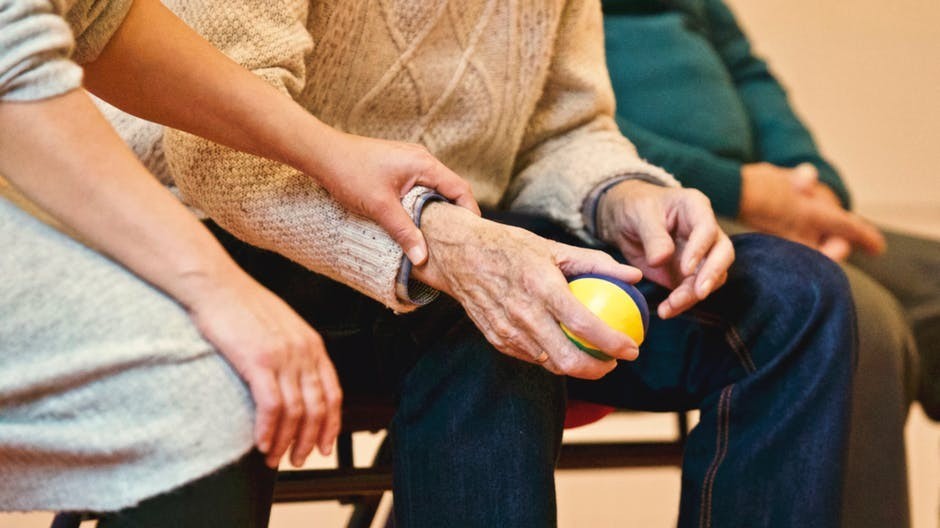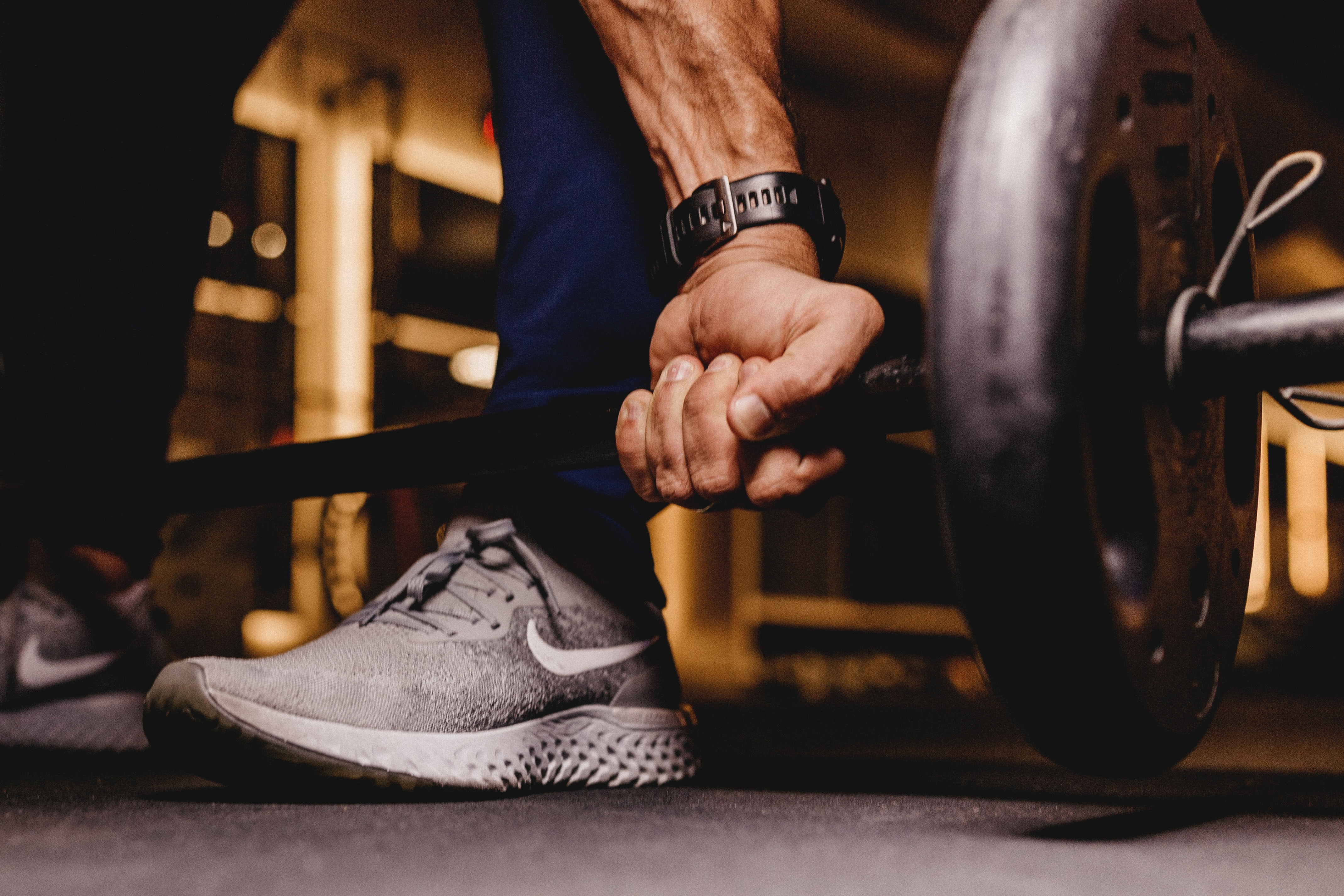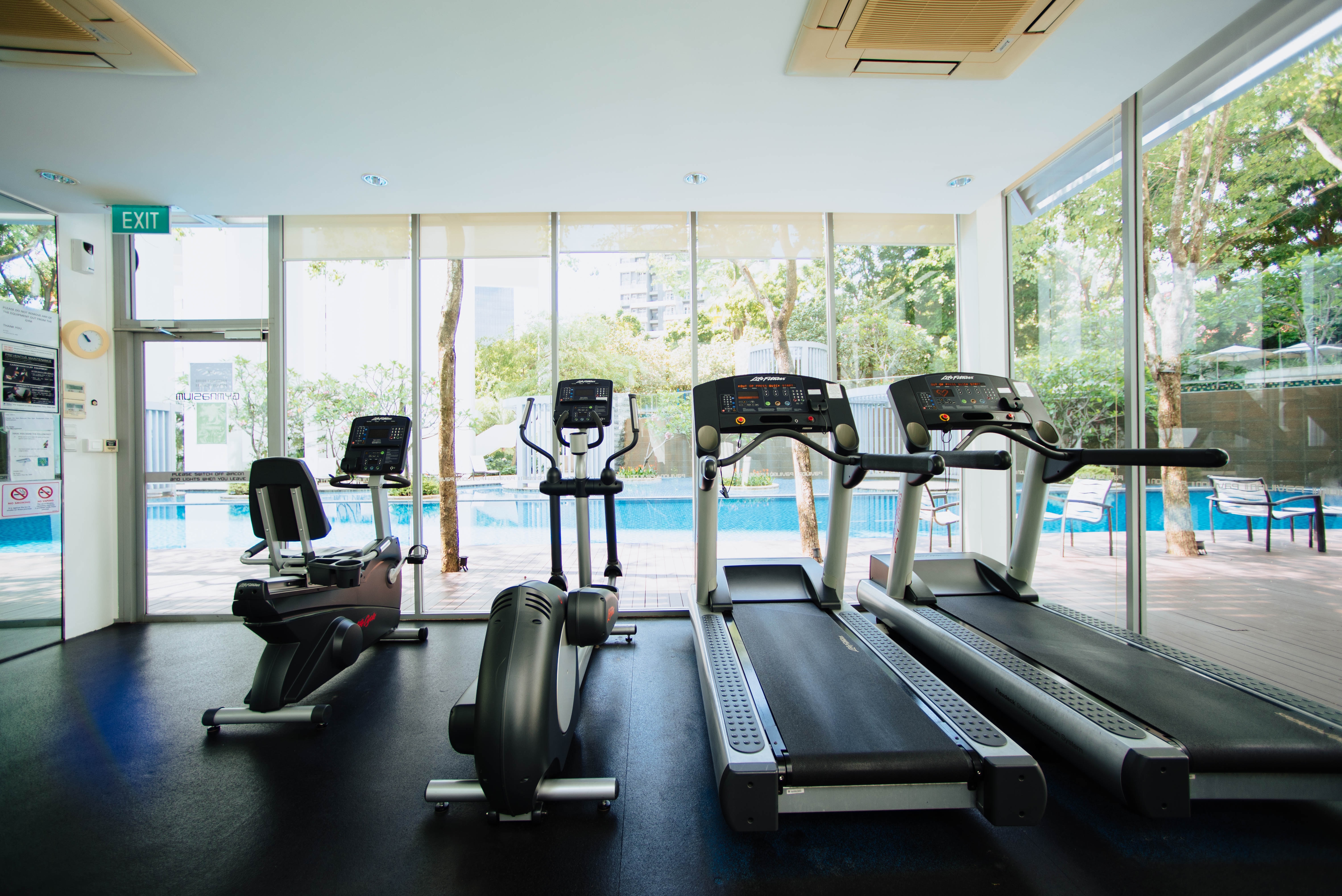Exercise is as important as medication for people with Parkinson’s disease. It helps Parkinson’s patients to improve their mobility, balance, and overall quality of life. Many research studies suggest that doing regular exercise can possibly slow the disease progression.
In this article, we have listed 5 best exercise programs that have been proven to be beneficial for Parkinson’s patients.
1. LSVT (Lee Silverman Voice Treatment)

LSVT (Lee Silverman Voice Treatment) is one of the most effective exercise programs that got much attention in recent years. It involved different exercises that are designed to address movement and speech problems in Parkinson’s disease. Today, it is considered as the standard, research-based treatment protocol for Parkinson’s patients.
LSVT comes with a highly intensive training program, which is performed under a qualified therapist. The whole training program takes four weeks – 4 sessions per week. There are 16 sessions in total and each session can last for 1 h. The methods used in this treatment approach varies according to the patient’s specific needs.
The training includes two segments- the Big that involved movements and Loud that involved speech.
The Big segment of the training is aimed to recalibrate the motor and perceptional system in patients so that they can perform large amplitude movements. This often involved the large extended movement of hands, legs, and exaggerated trunk rotation; also known as very large awkward feeling movements. These movements can be performed either seated or standing. The goal is to increase the step size, the overall posture, and arm movement.
The Loud segment focused on improving the articulation and vocal quality so that the patient’s speech becomes clear and louder. During the training, the patients are trained to say “ah” in loud good quality voice going high in pitch. Besides, the patients are trained to say phrases that they used daily in a loud voice. The training helps the patients to regain their communication ability. In addition to motor symptoms, the LSVT improves the cognitive functions in Parkinson’s patients.
2. Resistance Training

Resistance training is a mix up of upper and lower body workout that can be performed using weight machines, free weights, your own body weight, and resistance bands. It aims to increase muscle power, muscle strength, and bone strength. It also helps improve balance and coordination.
Resistance training becomes an increasingly important exercise program for Parkinson’s patients. Numerous studies that have shown its positive effects on those with Parkinson’s disease. And many researchers think that it could be a useful adjunct therapy to improve Parkinsonism motor signs, especially the slow in movement.
A study published in the journal of movement disorder has reported that resistance training caused muscle strength gain and mobility improvement in persons with Parkinson’s. In this study, Parkinson’s patients were allowed to perform a high‐force eccentric resistance training program for 45 to 60 minutes 3 days/week for 12 weeks. Each training session included light calisthenics and stretching, walking on a treadmill, riding a (standard) cycle ergometer, and lifting weights (both machines and free weights) with the upper extremities. Muscle size, muscle force production, and mobility were examined at the end of the training program. A significant improvement was noted in these parameters.
The safety and feasibility of high-force eccentric resistance have also been investigated and most studies have found no serious muscle damage or injury in patients with mild to moderate Parkinson’s disease.
3. Tai Chi Training

Tai Chi, originally originated from China, is a form of martial arts that involves slow controlled movement and the formation of various postures.
But nowadays it is more than a martial art. People practice it for its health benefits. It helps to improve your flexibility, balance, and strength. And because of these, many think that it could also benefit those with Parkinson’s disease. In fact, recently published studies have shown it as one of the effective therapeutic strategies for Parkinson’s disease.
A review paper that compiled results from 21 separate studies has reported that those patients who actively participated in tai chi training got improvements in motor symptoms, balance, and mobility. The paper also reported that the training helped to decrease the feeling of depression in patients.
In another study, its effectiveness was compared with resistance-training and stretching. In this study, which involved 195 patients, the subjects were randomly divided into 3 groups: tai chi, resistance training, or stretching. The patients participated in 60-minute exercise sessions twice weekly for 24 weeks. In the end of the study (at 3 and 6 months, and 3 months after completion of the intervention), when these patients were evaluated for outcomes like postural stability, stride length, and walking speed, the tai chi group performance was consistently found better. The study also found no serious adverse effects in these patients.
4. Balance Training

Balance training involved exercises that improve your balance and help prevent falls. You can do it at a gym or at home.
Research has shown that doing balance training routinely has positive effects on mobility and reduce falls in people with Parkinson’s disease. It also improves the psychological health of a patient.
A study published in the Journal of Neurologic Physical Therapy concluded that highly challenging, and progressive balance exercise program is effective in reducing falls, improving balance, and reducing the fear of falling in patients.
In another study, which was published in the journal of Archives of Physical Medicine and Rehabilitation, the effectiveness of balance training alone or combine with resistance training was assessed in Parkinson’s patients.
The study enrolled 15 persons with idiopathic Parkinson’s disease. They were randomly divided into combined group (balance and resistance training) and balance group (balance training only). These patients underwent 10 weeks of high-intensity resistance training (knee extensors and flexors, ankle plantarflexion) and/or balance training, 3 times a week on nonconsecutive days. In the end of the study, it was found that both groups caused improvement in balance, although muscle strength was increased in the combined group.
5. Treadmill Training

Treadmill training is a widely used training exercise that involved walking, running, or climbing on a treadmill machine. It is safe, efficient and easily accessible, you can find a treadmill machine in your local fitness centers or you can have one at home.
Research has shown that treadmill training is extremely useful for improving walking and short movement like standing from a chair or sitting on a chair, and making a small turn.
It strengthens your lower extremity and improves your gait. Performing it regularly basis can also improve the overall quality of life.
In a study, involving 9 Parkinson’s patients suggested that a progressive and intensive treadmill training program can be used to minimize impairments in gait, reduce fall risk, and increase the quality of life.
In one review study that compiled results from 18 trials (involving 633 patients) have concluded that treadmill training significantly improves gait speed and stride length in people with Parkinson’s disease. But it doesn’t cause improvement in the walking distance and cadence. The same study reported that it is safe for the patients.
Final Words
Exercise can play an important role in the life of an individual with Parkinson’s disease as it becomes clearer how exercise can benefit those with Parkinson’s.
You can get the most noticeable results from the above-mentioned exercise programs if you do it regularly and under the supervision of a well-trained therapist.
It is always a good idea to talk to your doctor before starting any of these, especially if you haven’t exercised after you have been diagnosed with the disease. Your doctor can give good advice on the exercise that can improve your condition.
Disclaimer: The information shared here should not be taken as medical advice. The opinions presented here are not intended to treat any health conditions. For your specific medical problem, consult with your health care provider.
